In 2025, although global demand is expected to weaken, while competition increases among producing countries, there are still expectations for this key industry.
Many expectations for rice export 2025
Last year, Vietnam exported more than 9 million tons of rice, earning 5.67 billion USD, maintaining its position as one of the top 3 largest rice exporting countries in the world . In the new year 2025, although global demand is expected to weaken, while competition increases among producing countries, there are still expectations for this staple industry.
The quality of Vietnamese rice has been improved, leading to an increase in selling prices. Last year, our country exported rice for an average of 628 USD/ton. In addition, businesses have also taken advantage of market opportunities from new-generation free trade agreements, in addition to traditional markets such as China, the Philippines, Indonesia, Malaysia, etc. On the other hand, Decree 01 amending Decree 107 on rice export business, which will take effect from the beginning of March, is expected to help rice export activities improve.
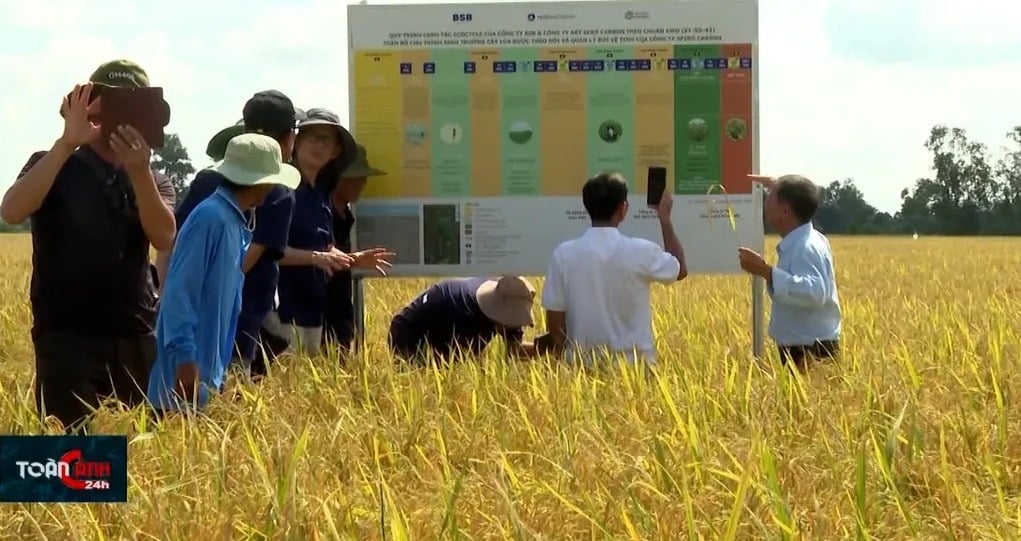
Increase the value of winter rice seeds
Improving the quality of rice grains is an inevitable solution to increase income for farmers themselves. And in the Spring, farmers all hope to have the joy of victory on their own fields. Along with that desire, in Chau Thanh district, Kien Giang province, there is a person who devotes all his passion and love to the seasonal rice plant, because it is not only a plant that has been with him since childhood, but also contains the culture of the Mekong Delta. This is also a way for farmers to exploit more tourism, increasing the value of rice grains from their hometown fields.
Spring is also the time when the rice in this field is ripe. What is special here is that the seasonal rice plants that were thought to have disappeared for decades have now reappeared in Vinh Hoa Hiep commune, Chau Thanh district, Kien Giang province.
Each heavy rice flower is the crystallization of the alluvial soil of the delta region and also the love of a man with a deep love for rice - the man that farmers often jokingly call "Mr. Tu of the seasonal rice crop".
With the desire to introduce the seasonal rice culture that has existed for hundreds of years in the Mekong Delta to many people, especially the young generation, Mr. Tu has painstakingly recreated the entire process from land preparation to harvest.
Mr. Tu Viet's journey to find the seasonal rice plant is not only a story about his love for seasonal rice, but it also brings visitors interesting agricultural experiences.
Tourism associated with agriculture and indigenous resources not only brings better income to people Not only does growing rice increase the value of rice grains, but it also contributes to the development of green, sustainable agriculture, while preserving the proud cultural values of the Mekong Delta.
Changes from the rice-shrimp model
Thus, high-quality rice will be Vietnam's strength this year. In fact, orders of over 1,000 USD/ton are not too strange to export enterprises, because the market always has demand for the high-end segment. As for farmers - the important subject of rice production, they only need to be transferred the process and linked to purchase. This is the driving force to ensure the quality and value of rice; thereby opening up sustainable export opportunities.
Mr. Tran Quoc Viet - Phuoc Long District, Bac Lieu said: "Using this organic product, I have a good harvest of rice, shrimp, and fish, so this year I will have a prosperous Tet holiday."
It is also necessary to celebrate Tet, because while the price of rice is falling, Mr. Viet still sells it for 11,500 VND/kg and the company adds 600 VND/kg thanks to following the correct process and ensuring the quality of the rice. It is also a rice-shrimp model, but the farmers themselves have clearly seen the changes in the fields.
Mr. Le Van Liem - Director of Long Hai Cooperative, Bac Lieu province commented: "Previously, one hectare cost about 2.7 - 3 million according to the process. According to the light organic process, the cost per hectare ranges from 2.2 - 2.5 million, a decrease of 200,000 - 300,000 VND per hectare".
An independent study on the rice-shrimp model in the Mekong Delta conducted by the World Wide Fund for Nature (WWF) showed that if only specialty rice varieties such as ST are grown, the average profit is 656 USD/ha/year; increasing to 1,353 USD/ha/year if only black tiger shrimp are raised. And if combined, the average profit is up to 2,650 USD/ha/year. The remaining issue is the role of enterprises in connecting farmers and markets.
Mr. Nguyen Viet Truong - Head of Technical Department, Que Lam Phuong Nam Company said: "Create peace of mind for farmers by supporting materials and fertilizers. And buy at a price 500 - 700 VND/kg higher than the market price".
Mr. Nguyen Hong Lam - Chairman of the Vietnam Circular Agriculture Association commented: “Enterprises must take the lead to lead farmers into the value chain. Because there are two very important factors, one is where the organic nutrients are, so that farmers can do circular economic organic agriculture. Second, there must be technology, there must be techniques”.
According to the Ministry of Agriculture and Rural Development, the 140,000 hectares of rice-shrimp farming in the Mekong Delta will continue to grow strongly in the coming time, contributing more quality rice to the high-end market segment. In the West, in the early days of spring, the new farming process has brought new vitality to the fields.
Source






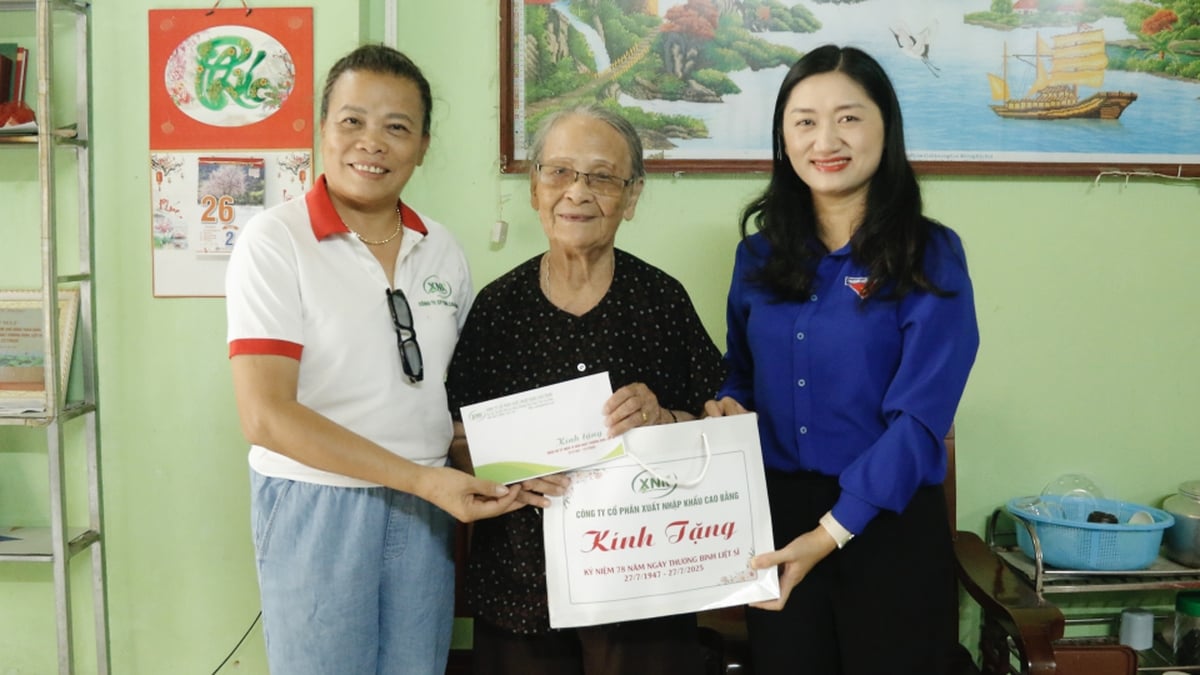

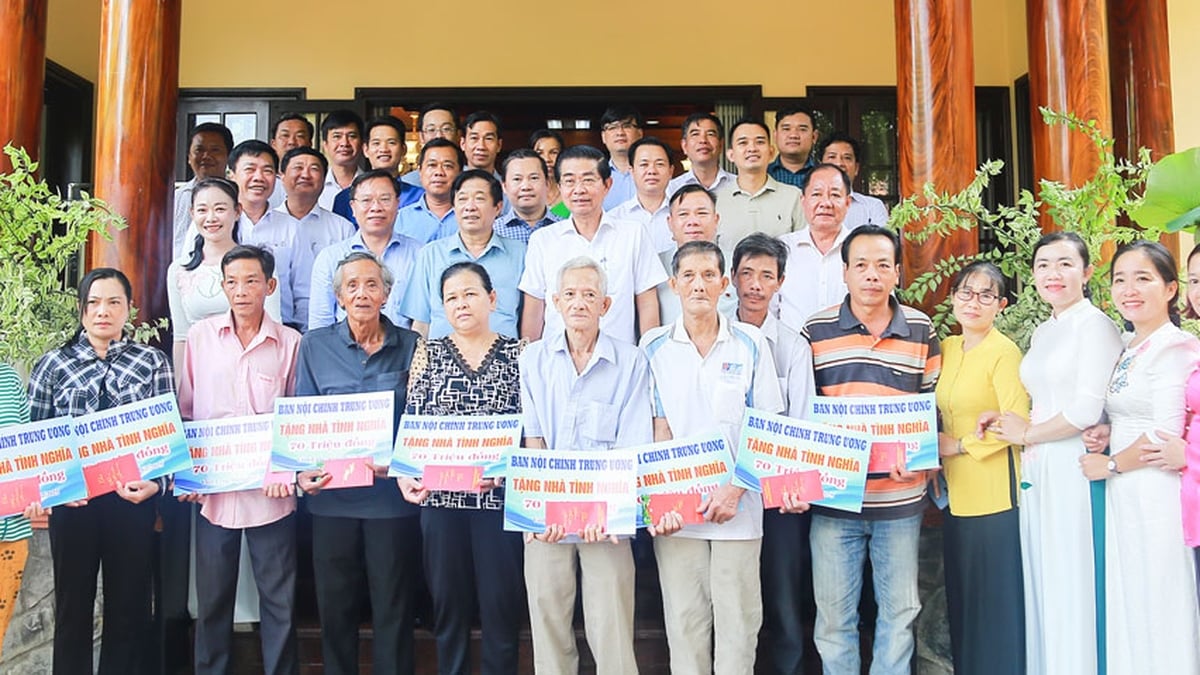


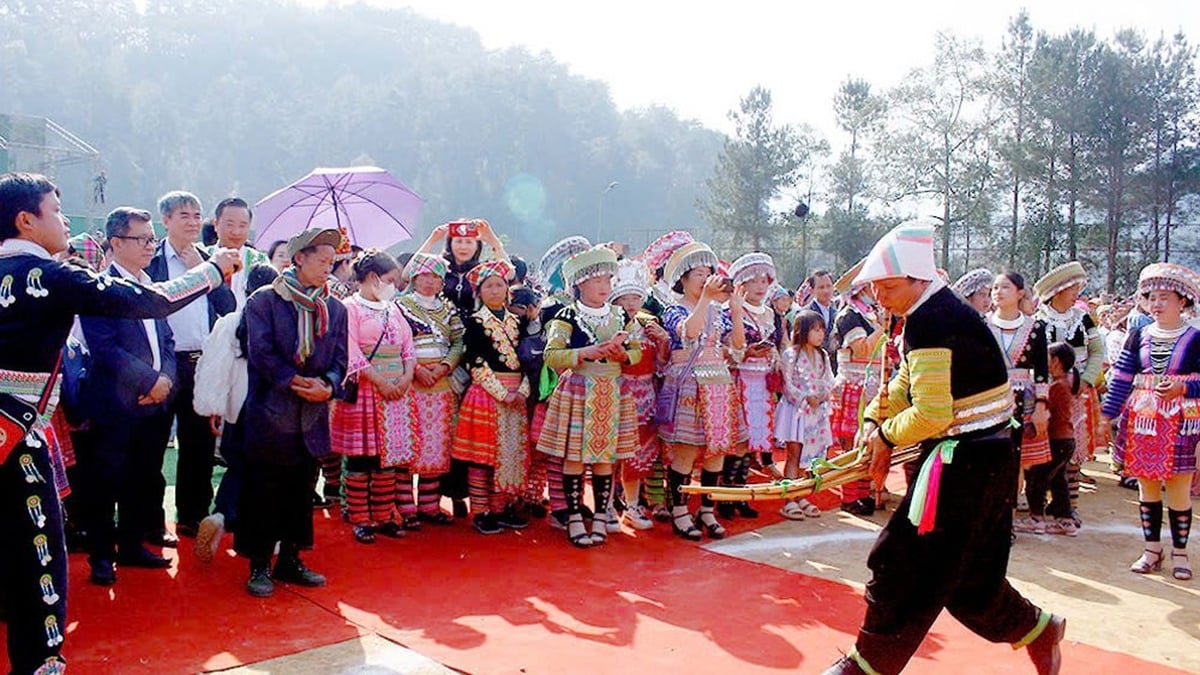











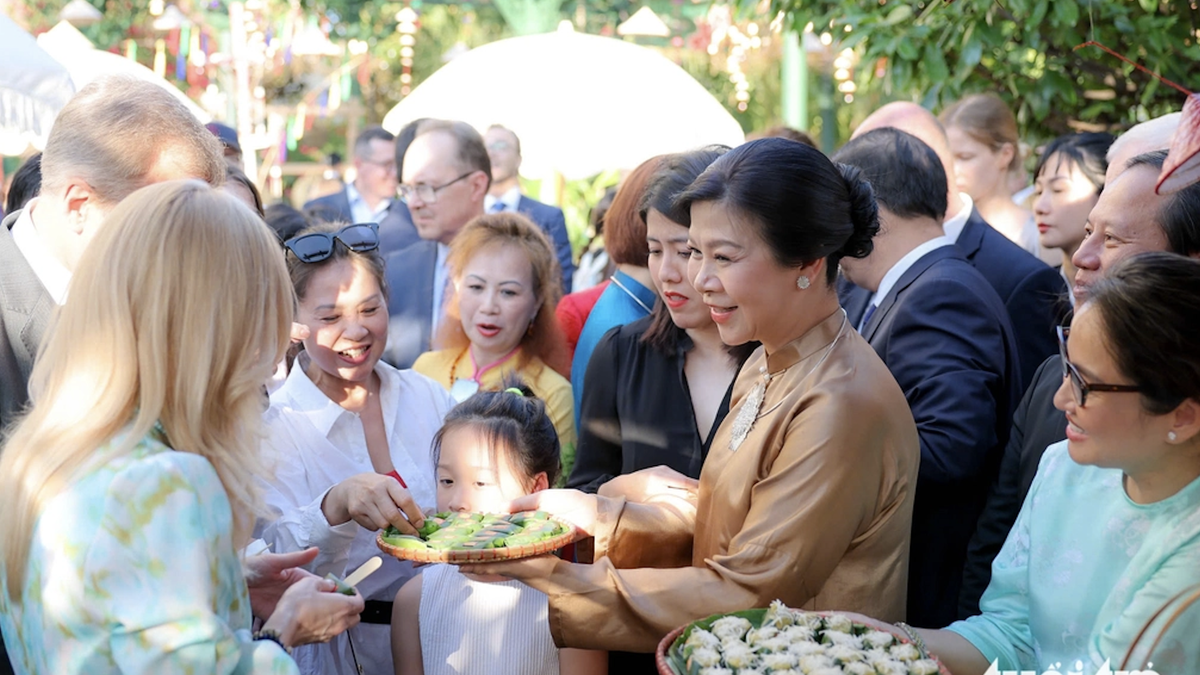
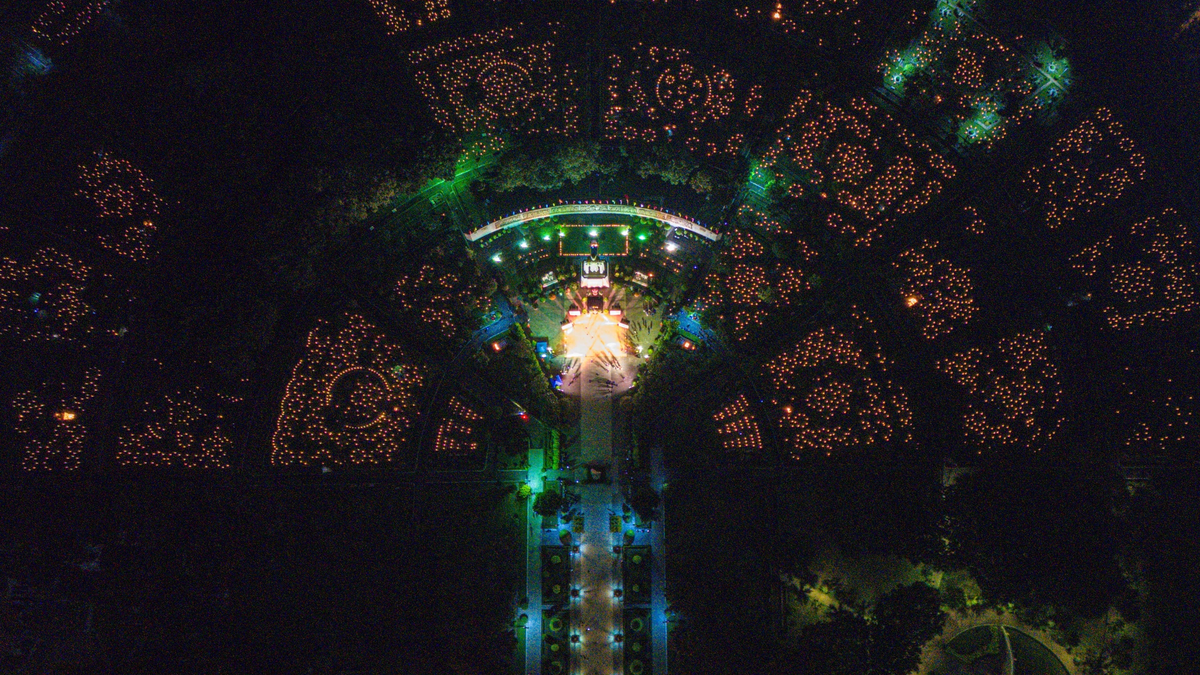
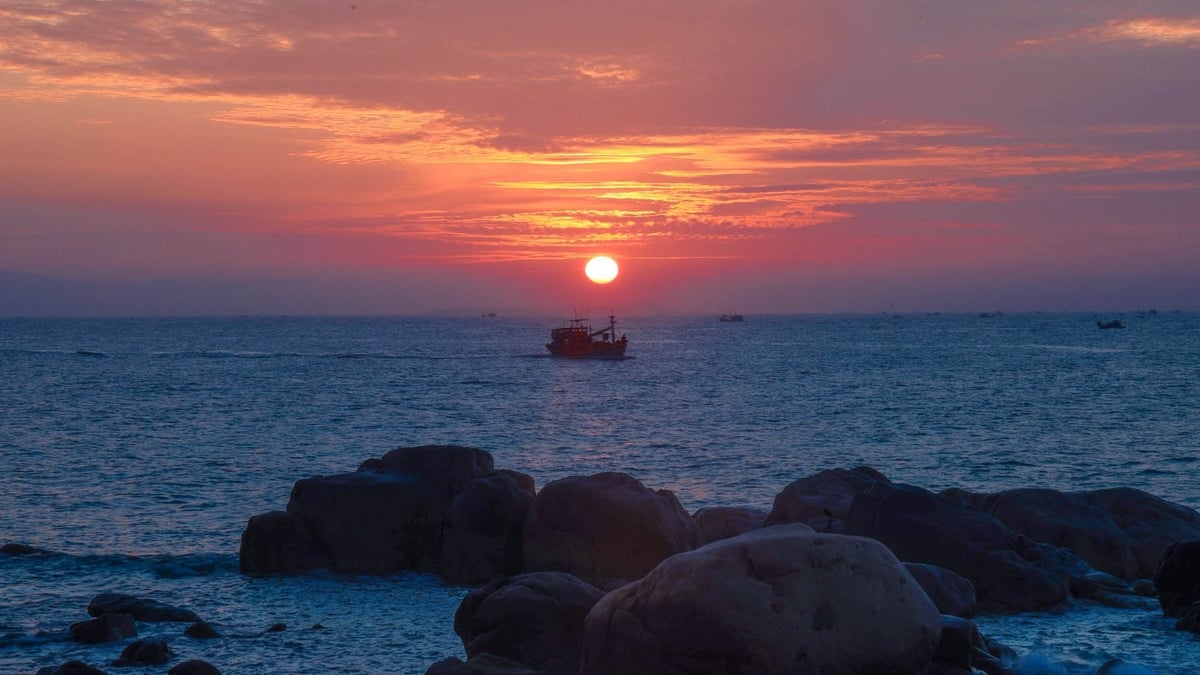


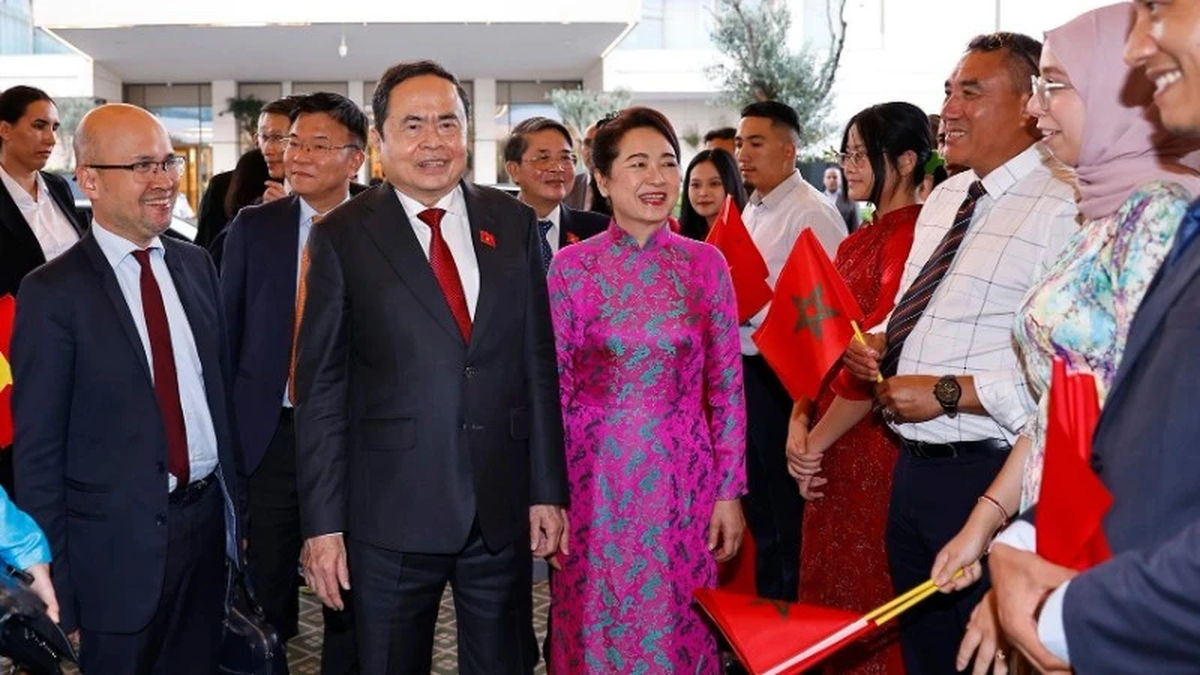
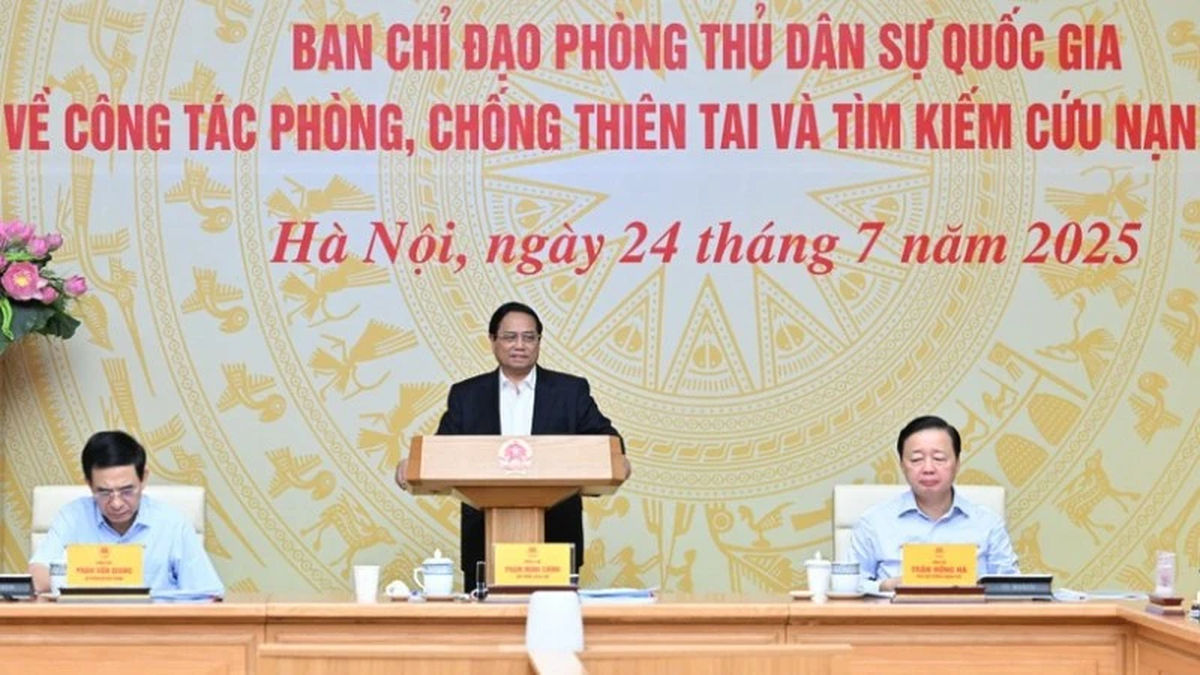
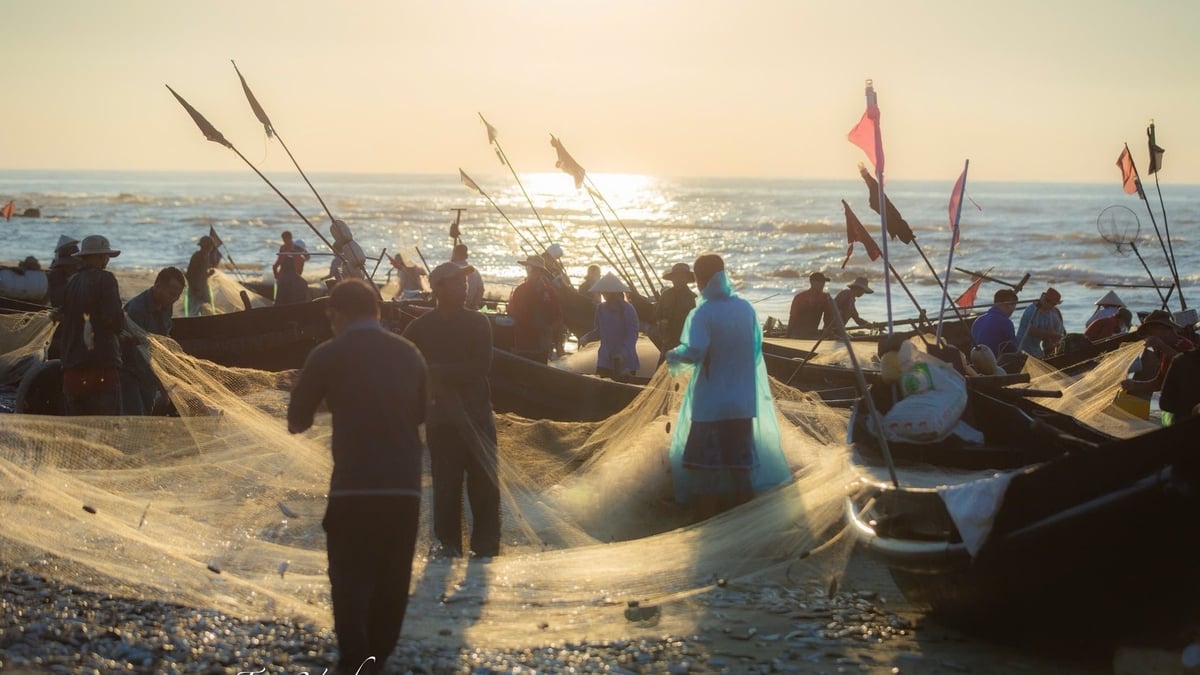







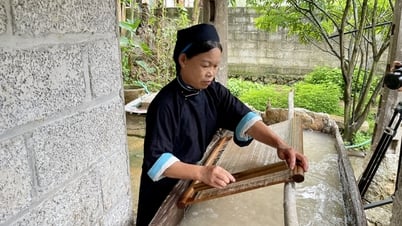

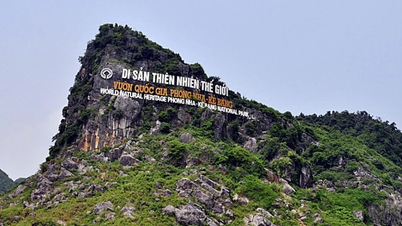

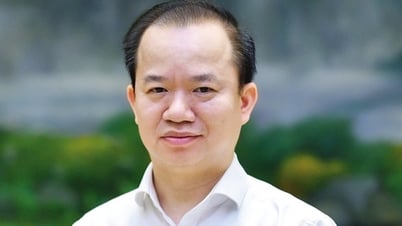



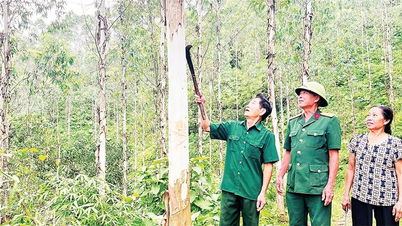

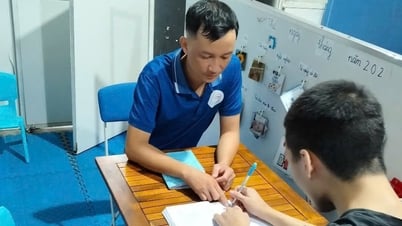



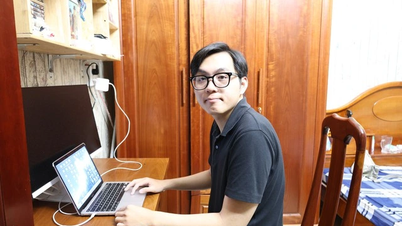

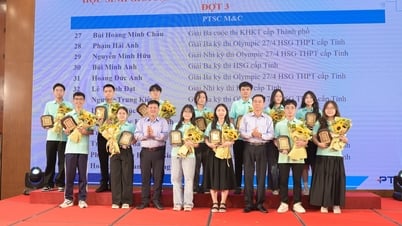






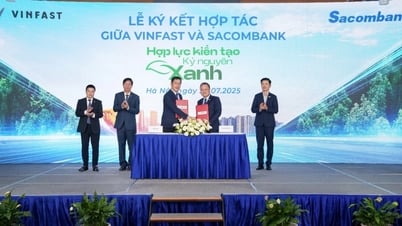






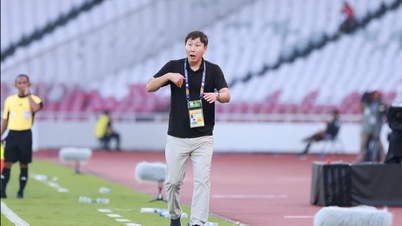

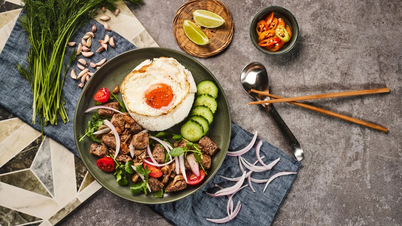
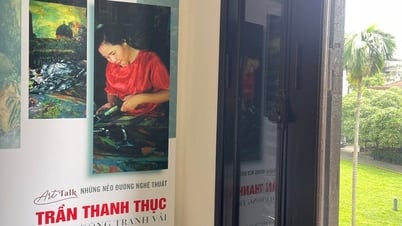

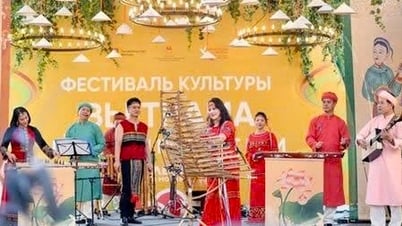
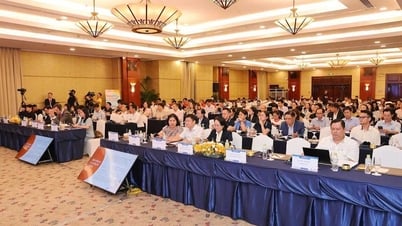

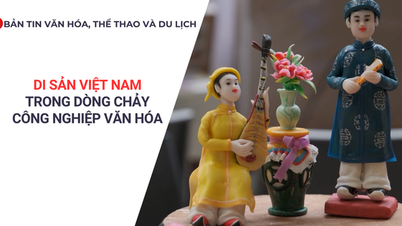


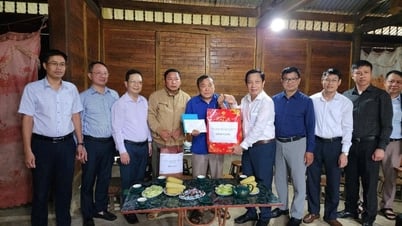





















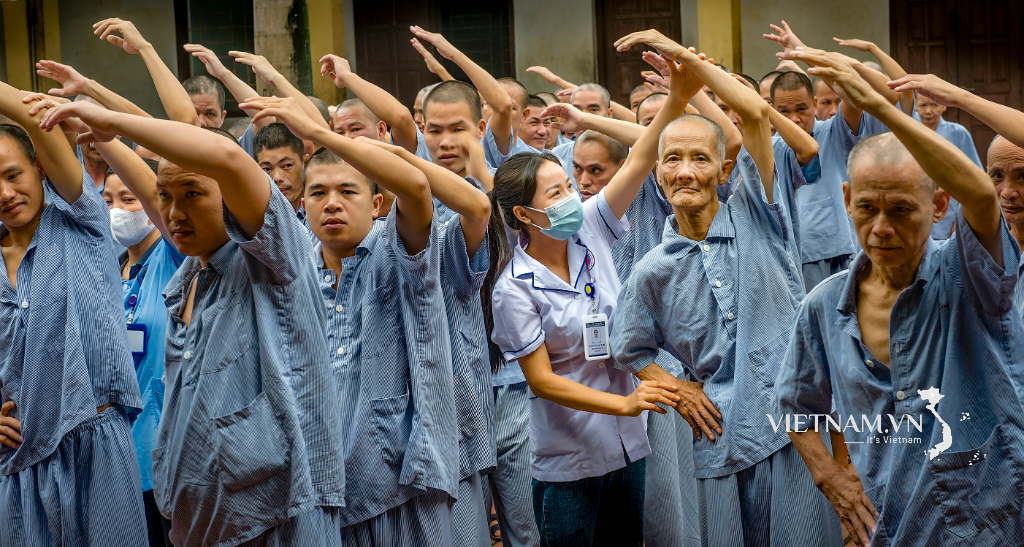

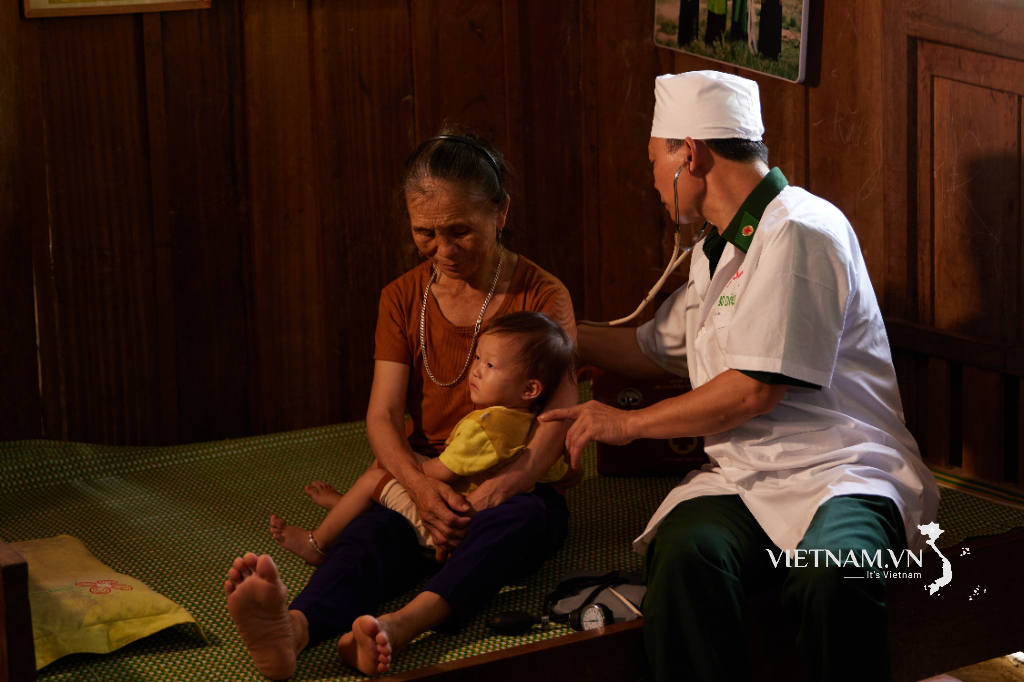
Comment (0)